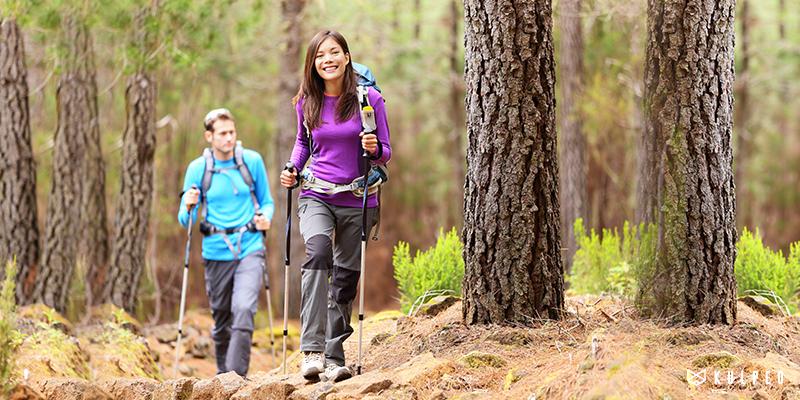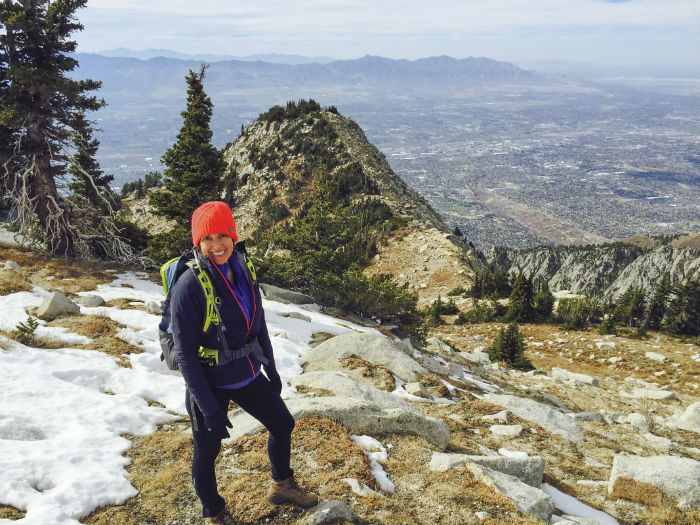Hiking or walking in nature as a recreational action. Particularly among those with inactive occupations, hiking is a characteristic exercise that advances physical wellness, is temperate and helpful, and requires no uncommon gear. Since hikers can walk the extent that they need, there is no physical strain unless they hike among slopes or mountains. Numerous people walk alone, primarily on ends of the week or on days off. The typical length of the walk embraced is 11 to 19 km for a half day or 19 to 32 km for an entire day for it to be a hike.
If you have just started hiking then here are 10 essentials tips that is required for a beginner.
- Try hiking at any rate once every week at a nearby park. Do this either without anyone else’s input or as a component of a gathering. Day hiking takes practice and molding to develop to more strenuous and testing climbs You’ll build up your footwork aptitudes, gather some practice at arranging climbs, try out new equipment, and develop your physical continuance. It doesn’t make a difference where you climb, as long as you climb.
- The quickest method to end up a decent exploring hiker is to climb with other individuals since it’s fun and spurring. Discover nearby hiking gatherings, meet individuals, make hiking companions, and plan your own hiking expeditions. It always helps to learn as a group.
- Finding the right footwear that doesn’t cause discomfort and in particular blisters, may take a while. Pay importance on finding boots or shoes that work for you as opposed to wearing ones that hurt or fit inadequately. Be patient and continue attempting ones until the point that you slip in footwear that works. Everybody’s feet are unique. Boots or running shoes you can choose whatever you want as long as you are comfortable and it has grip.
- It is important to learn how to use a map in case you are hiking in a location you are new to. A hiker must learn how to use a compass and how to read a map in order to hike well and to identify land forms.
- Beginners often forget to take enough water on climbs. Plan on carrying around one liter of water and electrolytes for regular intervals. In spite of the fact that this can differ depending on, climate conditions, your pace, body weight, and the trouble of a climb. Figuring out how much water you require in these conditions is a vital aptitude, so focus on what your body needs.
- It is important to carry a first aid kit that has ample band aids, antiseptic cream and other requirements in case of an injury.
- Figuring out how to dress in layers is of vital importance. One must dress according to the weather requirements of the height. Another important fact to consider in cold conditions is that everyone’s body is unique. So, attempt distinctive base layers, mid-layers, protection layers until the point where you are clothed in a way that works for you. Wearing numerous thin layers gives you preferable control over your body for the temperature.
- At whatever point you decide to hike without anyone else or in a gathering, leave a trip plan with a trusted companion or relative that briefly explains where you are going. The trails or course you plan on climbing, when you hope to be return, and who to call in case you don’t return on time. Short climbs or long, this is an imperative rule for hikers.

- When you are a hiker, you join a group of individuals who cherish the outdoor life and climbing. Volunteering to do trail work will enable you to see how valuable climbing trails are. Whatever help community requires, you must try and put in your bit and keep up with the team effort.
- It is important to learn from watching others. Dressing up, packing for the climb or any other little nuances of hiking can be learnt from others.

